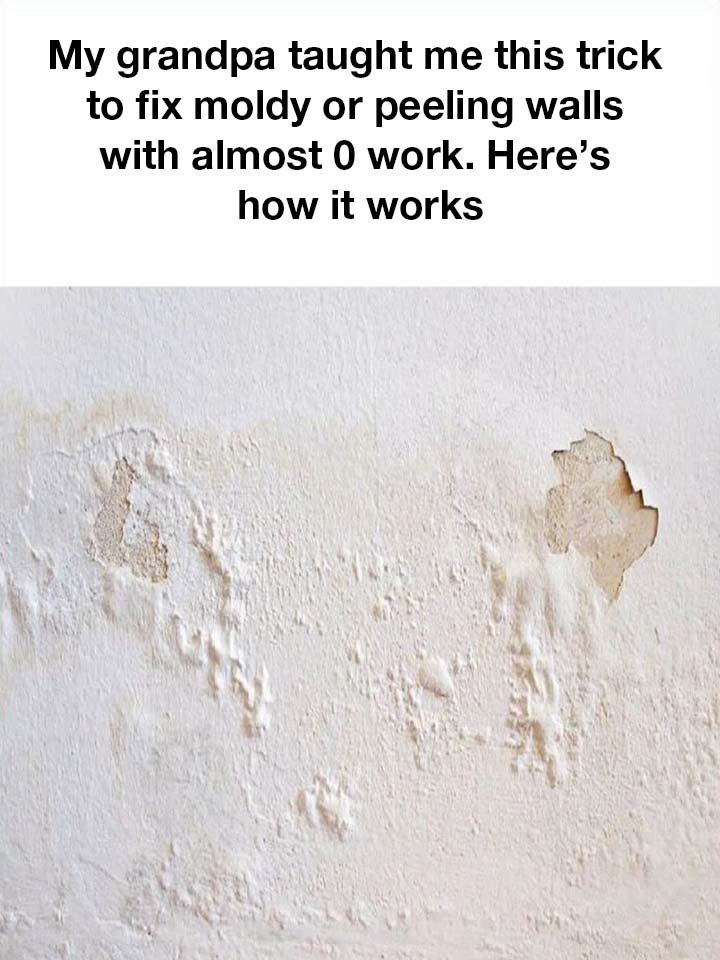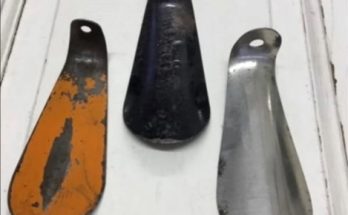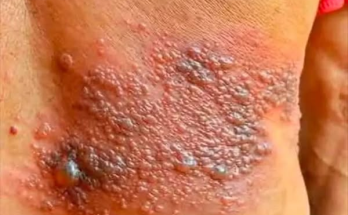
Over time, walls can develop issues like mold, peeling paint, or blisters, especially during the rainy season when moisture can make things worse. While many people call in professionals, you can tackle these problems yourself using these simple methods that not only save you money but also help maintain the fresh look of your walls.
1. Mold Treatment
Step 1: Begin by removing any visible mold. Gently scrub the affected areas with a dry toothbrush. Then, take a soft cloth soaked in alcohol and wipe the wall to dry it out and prevent further mold growth.
Step 2: Mix bleach and water in a 1:99 ratio and pour the solution into a spray bottle. Spray the moldy areas with this mixture to eliminate the mold. If the weather is particularly humid, you can increase the strength of the solution to a 1:20 ratio for better results.
After the wall dries, smooth the surface with sandpaper. Apply a waterproof primer before repainting to prevent moisture-related mold in the future.
2. Blistering Walls
Blistering is a common problem, often caused by poor wall preparation or excess moisture. Here’s how to fix it:
Step 1: Remove any peeling or blistered paint. If the blistering is due to low-quality filler, scrape it off and replace it with a high-quality filler.
Step 2: For small blisters, scrape the affected area, smooth the edges, and apply primer before repainting. For larger blisters, remove the entire affected section, let it dry completely, and then reapply plaster.
Step 3: During home renovations, ensure proper waterproofing and repair any cracks to prevent blistering.
Step 4: Avoid painting during the rainy season and use matching primer and paint products from the same brand for the best results.
3. Peeling Walls
Peeling walls not only look unsightly but can also create dust and hygiene issues. Here’s how to fix peeling walls:
Step 1: Scrape off the peeling paint and remove any old filler. Smooth the edges with sandpaper and then apply primer before repainting.
Step 2: For severe peeling, remove the damaged wall layer entirely, treat the surface with primer, and then repaint.
Step 3: For heavily peeling areas, dampen the section with water and use a scraper to remove the peeling paint. If no dust falls off during scraping, it means the original filler quality is good. Sand the area smooth, then apply primer and paint as necessary.
By following these simple steps, you can keep your home’s walls in great condition without needing to hire a professional.



